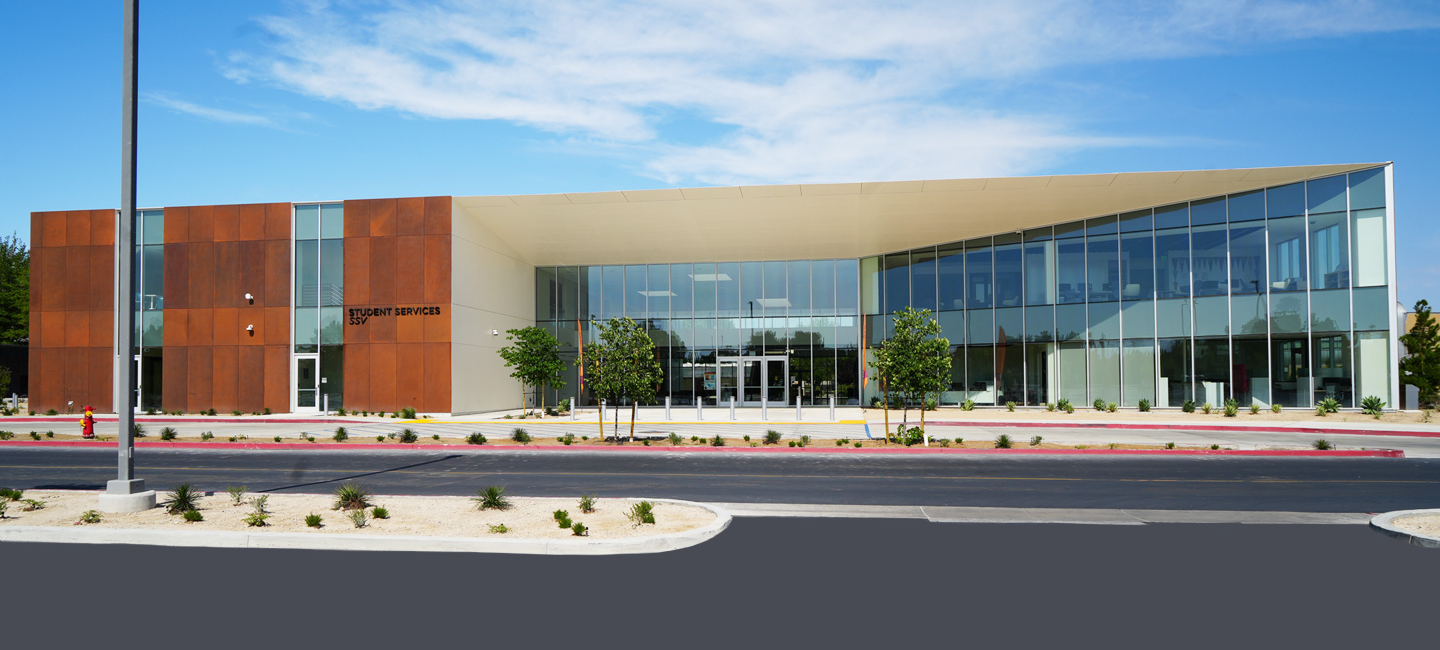
Equity Tools for Practitioners
Resources for faculty, classified professionals, and administrators. These resources will help you start your journey to becoming an equity champion at AVC.
What is DEIAA?
Diversity
The myriad of ways in which people differ, including the psychological, physical, cognitive, and social differences that occur among all individuals, such as race, ethnicity, nationality, socioeconomic status, religion, economic class, education, age, gender, sexual orientation, marital status, mental and physical ability, and learning styles. Diversity is all-inclusive and supportive of the proposition that everyone and every group should be valued. It is about understanding these differences and moving beyond simple tolerance to embracing and celebrating the rich dimensions of our differences.
Equity
The condition under which individuals are provided the resources they need to have access to the same opportunities, as the general population. Equity accounts for systematic inequalities, meaning the distribution of resources provides more for those who need it most. Conversely, equality indicates uniformity where everything is evenly distributed among people.
Inclusion
Authentically bringing traditionally excluded individuals and/or groups into processes, activities, and decision/policy making in a way that shares power.
Accessibility
The opportunity [for a person with a disability] to acquire the same information and materials, engage in the same interactions, and enjoy the same services as a person without a disability in an equally effective and equally integrated manner, with substantially equivalent ease of use. This includes the intentional design or redesign of technology, policies, products, services, and facilities that increase one's ability to use, access, and obtain the respective item.
Anti-Racism
A powerful collection of antiracist policies that lead to racial equity and are substantiated by antiracist ideas. Practicing antiracism requires constantly identifying, challenging, and upending existing racist policies to replace them with antiracist policies that foster equity between racial groups.
Definitions from CCCCO's DEIA Glossary. Please find a link in 'Web Resources' for more information.
